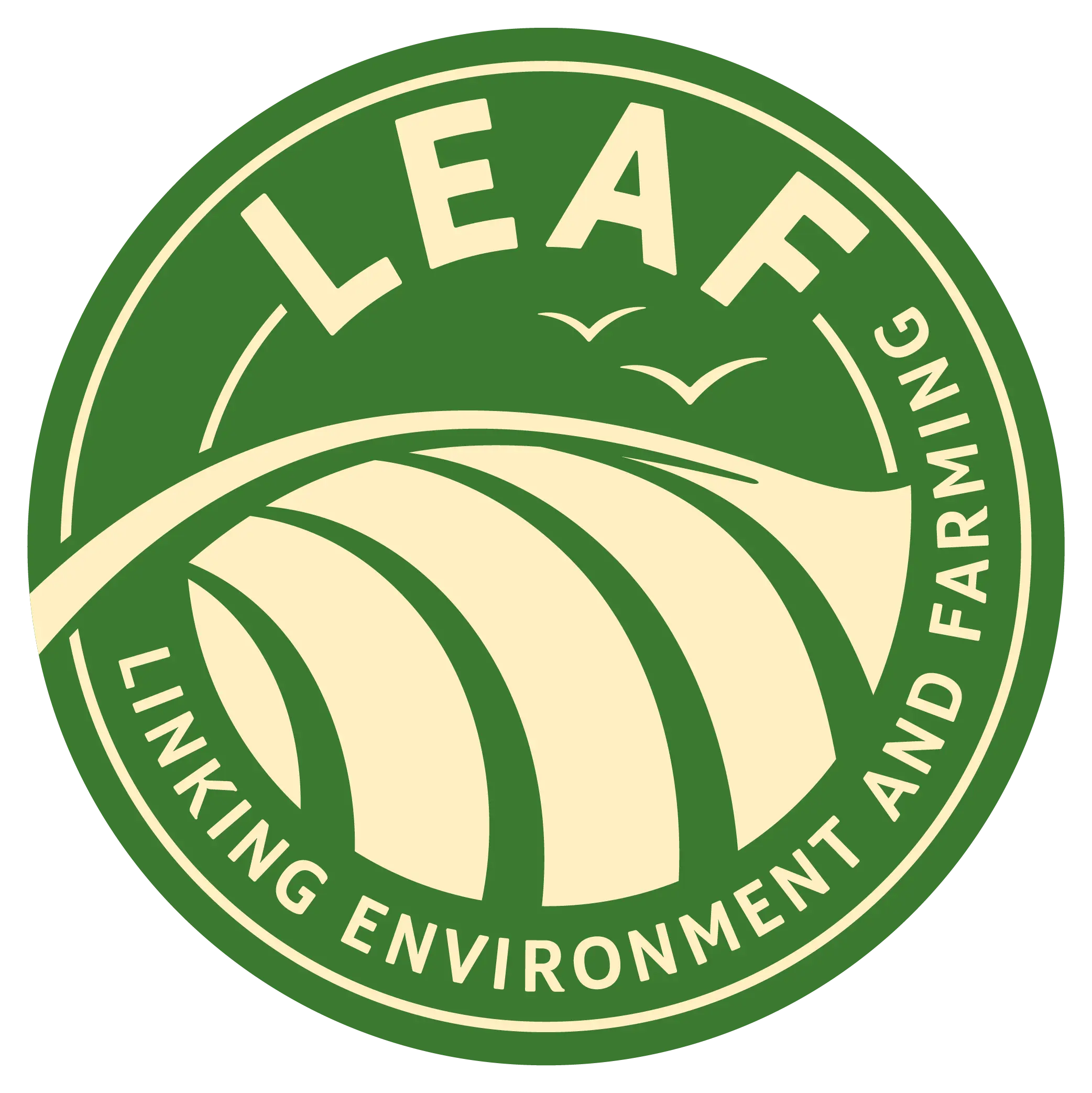We’re talking waste – measuring, monitoring and moving forward
As WRAP (Waste & Resources Action Programme) releases its ground-breaking report setting out new insights into the scale of surplus and food waste on UK farms, Alexandra Lear, LEAF Projects Assistant, outlines the opportunities it offers to improve efficiencies and deliver more sustainable production throughout the supply chain.
Food waste is by no means new — Government propaganda from the first and second world war will show us that.
Although we might not be on the frontline in the UK right now – we’re on the frontline of another kind of war…the war on waste!
Whilst it might not be as high on our agenda’s as it was during the first and second world wars, it might be a good idea to put it back at the top. The issue of waste has been increasing since Hugh Fearnley-Whittingstall showed us and told us that on average, each household in the UK bins £700 worth of food a year. That’s no small number!
The UK’s sustainability body WRAP has led the way with quantifying and reducing food waste across the supply chain for the last 10 years. According to their research, approximately one-third of all food produced in the world which is intended for human consumption is either lost or wasted. Research has shown that household food waste makes up around 70% of the UK post-farm-gate total, but that’s just part of the picture — what about pre-farm-gate?
Researchers and organisations, such as Feedback, a campaign group working to regenerate nature by transforming our food system, have investigated these areas. A report published by Feedback last year surveyed farmers views on potential reasons for food waste on-farm.

The report highlights the role that supermarkets play in overproduction and subsequent waste of food in UK farms, stating that produce rejected for cosmetic reasons, such as being the wrong shape, size or colour, was the biggest reason for food waste.
However, no real estimate on amounts of food wasted pre-farm-gate has been available… until now. WRAP’s recent report aims to provide an estimate for food waste and food surplus in primary production in the UK. The report includes an extensive literature review based on 2017 data, which has helped to provide the most reliable estimate for total farm food surplus and food waste to date.
The report states that approximately 1.6 million tonnes of food waste and 2 million tons of food surplus is generated, equivalent to 7% of the UK’s total annual food harvest and worth around £1.2 billion.
WRAP’s review covers waste occurring from the moment a food crop is ready for harvest (or animal to be slaughtered), looking into surplus food and waste in all areas across production – grading, packing, washing and customer rejections.
To contribute to a wider database of information and to better inform what action to take in the future, LEAF has been involved in delivering a farmer-led project to investigate potential areas of loss pre-farm-gate. This project has been achieved in collaboration with 3Keel and Innovative Farmers, supported by WRAP and made possible through funding from Defra. We’ve been meeting with some forward-thinking farmers who want to get a measure for how much crop is being lost in five initial sectors; Tomato, Egg, Apple, Wheat and Carrot.
Below we’ve highlighted two of the sectors we’re working with as a partnership, to give a snapshot of how our farmers are working to better measure losses…
